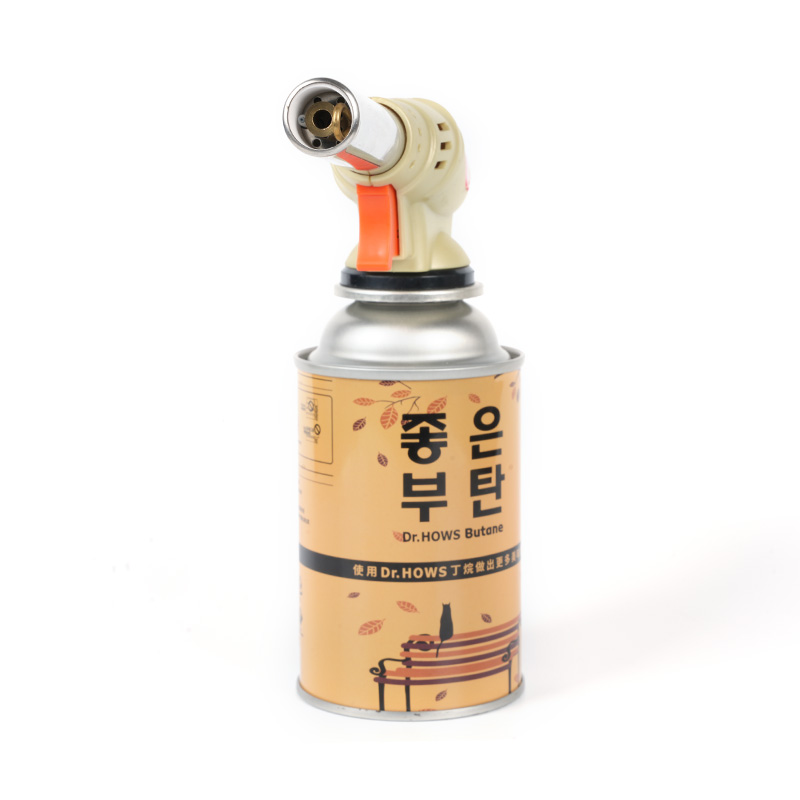A butane torch head can be the reliable tool in your kitchen—until the day the flame sputters, the piezo clicks in vain, or the nozzle coughs out a sooty orange jet. The difference between a decade of flawless crème brûlées and a disappointing $30 paperweight is simply knowing how often to perform a handful of 60-second rituals. Below is a field-tested schedule that professional chefs and lab technicians alike follow, distilled into four time-based checkpoints.
Daily: 10-Second Burn-Off
Every single time you finish cooking, invert the torch, crack the valve to its high setting, and let it burn for ten seconds. This purges lingering food sugars, oils, or flux residues before they can harden inside the nozzle. You will see the flame briefly turn yellow: that is evidence of impurities burning away. When the flame returns to its normal crisp blue, close the valve and you’re done. Skipping this step is the top cause of clogged jets.
Weekly: 60-Second Deep Wipe
Once a week—or after any marathon baking session—detach the head while the metal is still warm but not hot. Swab the brass nozzle with a cotton pad lightly moistened in 90 % isopropyl alcohol. Follow with a dry pipe cleaner through the air-intake vents to remove microscopic dust that can throw off the air-to-fuel ratio. Finally, inspect the O-ring under the threaded collar; if it looks dry, dab on a pin-head of food-grade silicone grease. This prevents micro-leaks that gradually starve the flame.

Monthly: 5-Minute Leak & Pressure Test
On the of every month, screw the head onto a fresh canister and immerse the seam in a glass of water. Any steady stream of bubbles means the O-ring or valve seat is failing; replace immediately. Next, ignite the torch on medium and listen for a steady hiss. A choppy sound or flame that climbs the nozzle signals internal pressure issues—usually caused by using off-brand butane with excessive propellant. Purge the canister completely and refill with triple-refined fuel.
Quarterly: 15-Minute Ultrasonic Refresh
Every three months, drop the detached torch head into a small ultrasonic cleaner filled with warm water and a drop of degreasing dish soap. Run the cycle for five minutes, rinse, and air-dry. This sonic bath dislodges carbon deposits that weekly wiping can’t reach. While the head is apart, inspect the piezo igniter wire for corrosion; a gentle twist with needle-nose pliers restores proper spark gap. Finish by re-lubricating threads and testing ignition three times.
Replacement Milestones
No schedule is complete without knowing when to retire parts. Replace plastic O-rings annually; brass nozzles every three to five years depending on usage; and the entire head if the flame port becomes visibly warped or the piezo fails after a new battery install. Keep a dated log taped inside your kitchen drawer—chefs call it the “torch passport”—so you never guess when the last service was.
Bottom line: ten seconds after every dish, one minute every week, five minutes a month, and fifteen every quarter. Stick to this cadence and your butane torch head will light on the click for thousands of caramelized sugar tops, blistered peppers, and goodly seared steaks—no workshop repairs required.
Copyright © Yongkang Aomijia Industry & Trade Co., Ltd. All Rights Reserved.
Lightweight Camping Gas Stove Cookware Factory
